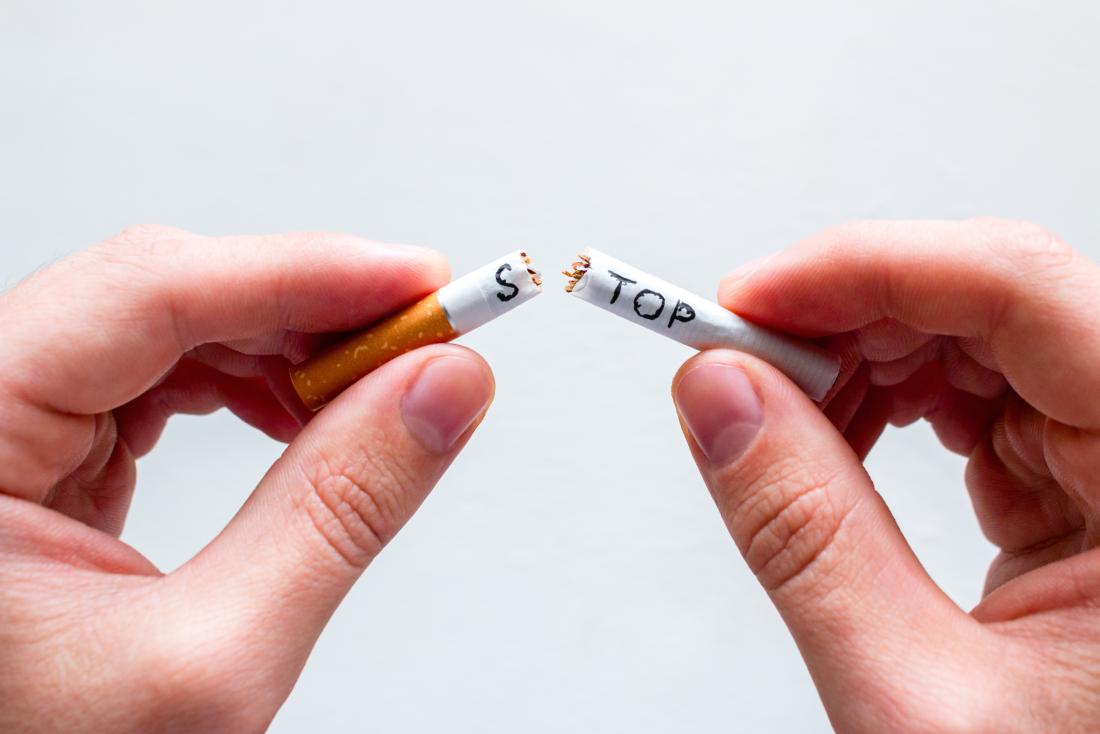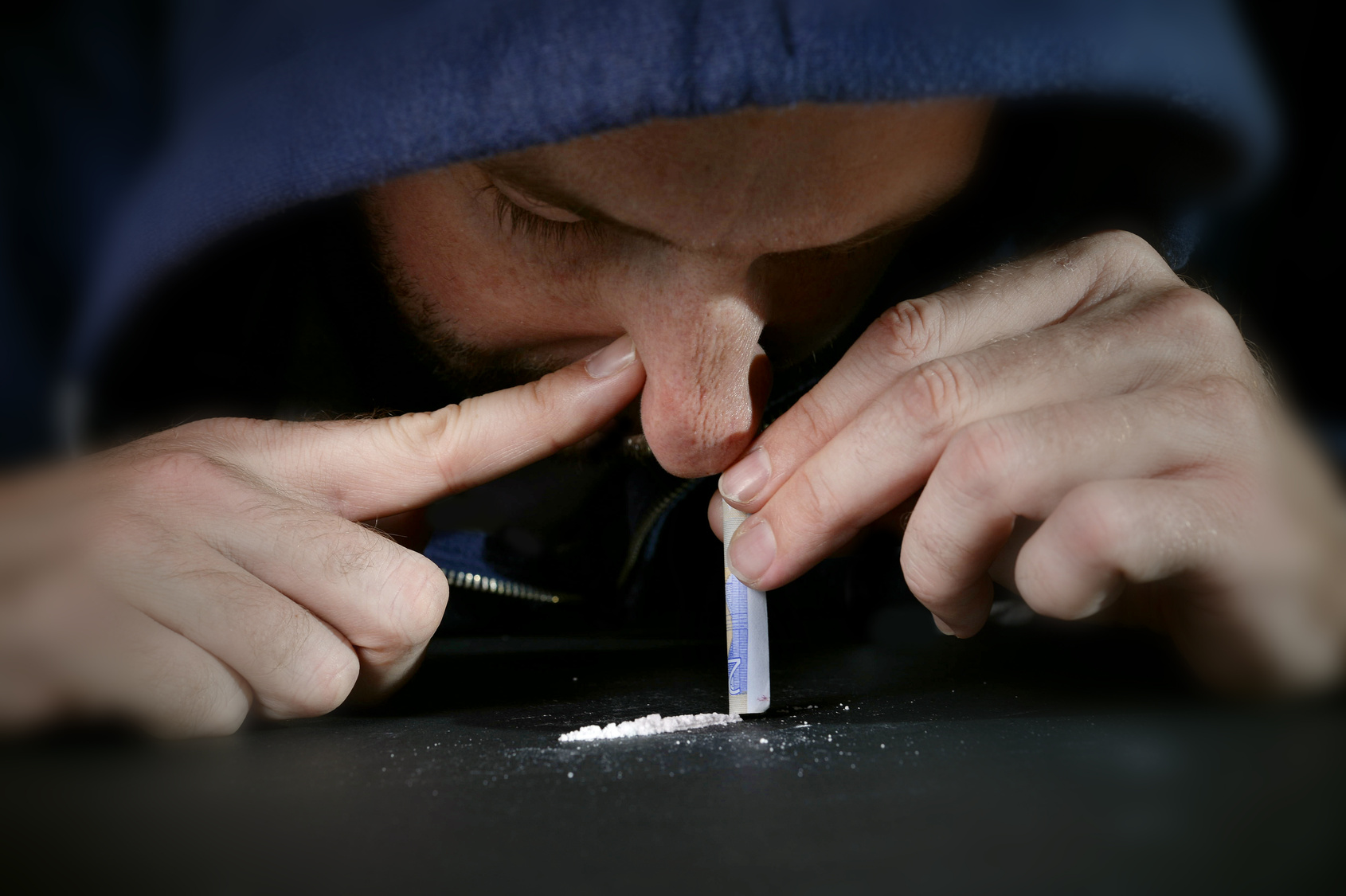What are the treatments for addiction?
Ist step :The first step towards recovery is acknowledging that substance use has become a problem in the person’s life which is disrupting the quality of their life. This can result from impairment in school, work, social, recreational or other important areas of function.
Once an individual recognizes the negative impact of a substance on their life, a wide range of treatment options is available.
A person with an addictive disorder requires access to treatment. For most people, treatment may last for the rest of their life. They will need to abstain from the substance on a life-long basis, which can be difficult. Treatment plans for addictive disorders will often change to meet the needs of the patient.
Treatment options for addiction depend on several factors, including the type of addictive disorder, the length and severity of use, and its effects on the individual. A doctor will also treat or refer for treatment any physical complications that have developed, such as liver disease in a person with alcohol use disorder or respiratory issues in people with an addiction to substances which have been smoked.
Several treatment options are available, and most people experiencing addiction will receive a combination of approaches. None of the treatments for addictive disorders work for every person.
Common interventions might involve a combination of inpatient and outpatient programs, psychological counseling, self-help groups, and medication.
Detoxification:Detoxification is normally the first step in treatment. This involves clearing a substance from the body and limiting withdrawal reactions.
In 80 percent of cases, a treatment clinic will use medications to reduce withdrawal symptoms.
If a person is addicted to more than one substance, they will often need medications to reduce withdrawal symptoms for each.
In 2017, an electronic device called the NSS-2 Bridge became available to reduce opiate withdrawal. The device sits behind the ear and gives off electrical pulses to trigger certain nerves that might provide relief from withdrawal symptoms.
counseling and behavioral therapies:This is the most common form of treatment following detoxification.
Therapy might occur on a one-to-one, group, or family basis depending on the needs of the individual. It is usually intensive at the outset of treatment with the number of sessions gradually reducing over time as symptoms improve.
Different types of therapy include:
- cognitive-behavioral therapy, which helps people recognize and change ways of thinking that have associations with substance use.
- multi-dimensional family therapy, designed to help improve family function around an adolescent or teen with a substance-related disorder
- motivational interviewing, which maximizes an individuals willingness to change and make adjustments to behaviors
- motivational incentives that encourage abstinence through positive reinforcement
Counseling for addiction aims to help people change behaviors and attitudes around using a substance, as well as strengthening life skills and supporting other treatments.
In 2017, the United States Food and Drug Administration (FDA) approved the first-ever mobile application, reSET®, as effective for use alongside outpatient management for marijuana, cocaine, alcohol, and stimulant use disorders.
Some forms of treatment for addictive disorders focuses on the underlying cause of the addictive disorder in addition to behaviors characteristic of the addiction.
Rehabilitation programs:Longer-term treatment programs for substance-related and addictive disorders can be highly effective and typically focus on remaining drug-free and resuming function within social, professional, and family responsibilities.
Fully licensed residential facilities are available to structure a 24-hour care program, provide a safe housing environment, and supply any necessary medical interventions or assistance.
A few types of facility can provide a therapeutic environment, including:
- Short-term residential treatment: This focuses on detoxification and preparing an individual for a longer period within a therapeutic community through intensive counseling.
- Therapeutic communities: A person seeking long-term treatment for severe forms of addictive disorder would live in a residence for between 6 and 12 months with on-site staff and others in recovery. The community and staff serve as key factors in recovery from and changes in attitudes and behaviors toward drug use.
- Recovery housing: This provides a supervised, short-term stay in housing to help people engage with responsibilities and adapt to a new, independent life without on-going substance use. Recovery housing includes advice on handling finances and finding work, as well as providing the connection between a person during the final stages of recovery and community support services.
Self-help groups
These may help the recovering individual meet others with the same addictive disorder which often boosts motivation and reduces feelings of isolation. They can also serve as a useful source of education, community, and information.
Examples include Alcoholics Anonymous (AA) and Narcotics Anonymous (NA).
People who are struggle with other types of addiction can find out about self-help groups in their community either by an internet search or by asking a doctor or nurse for information.
Medications
A person might take medication on a continuous basis when recovering from a substance-related disorder and its related complications.
However, people most commonly use medications during detoxification to manage withdrawal symptoms. The medication will vary depending on the substance that the person is addicted to.
Longer-term use of medications helps to reduce cravings and prevent relapse, or a return to using the substance after having recovered from addiction.
Medication is not a standalone treatment for addiction and should accompany other management methods such as psychotherapy.
Addiction to the following substances requires specific medications.
Alcohol
People with alcohol use disorder can take the following medications to reduce cravings and withdrawal symptoms, including:
- Naltrexone: This prevents the action of opioid receptors in the brain that produce rewarding and euphoric effects when a person consumes alcohol and reduces the risk of relapse. While not effective for all people in recovery, it has a considerable impact on abstinence in some people.
- Acamprosate, or Campral: This might reduce long-term withdrawal symptoms, including sleeplessness, anxiety, and a general feeling of unhappiness known as dysphoria. This has a more beneficial effect in people with severe substance-related and addictive disorders.
- Disulfiram, or Antabuse: This is a medication that disrupts the breakdown of alcohol, leading to adverse effects including facial redness, feeling sick, and an irregular heartbeat should the person in recovery attempt to consume alcohol. It acts as a deterrent for people who have high motivation levels toward recovery.
Doctors and rehabilitation specialists may prescribe other medication to address other possible mental health conditions, including depressionand anxiety, that may be a cause or result of substance-related disorders.
People in treatment programs should also receive testing for infectious diseases that might have resulted from certain high-risk situations associated with their addictive disorders such as HIV, hepatitis, and tuberculosis.



